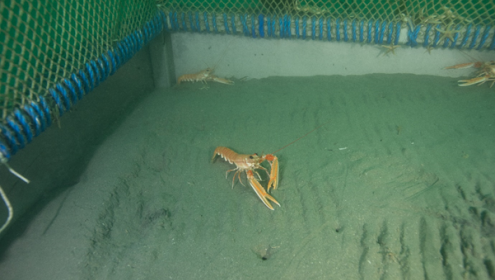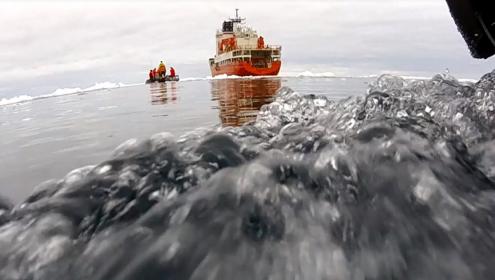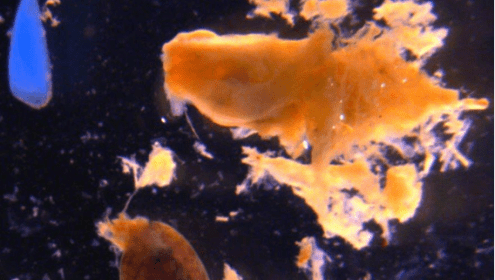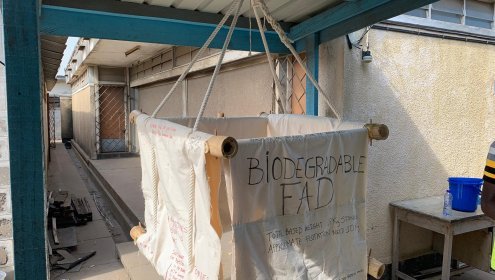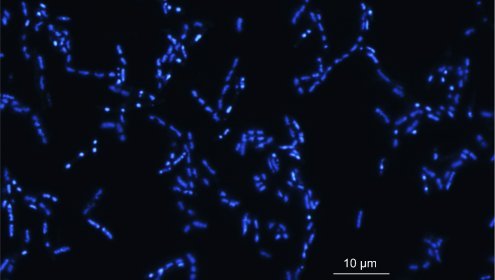LATEST TOPICS
Scientific news
For a year ICM researchers will monitor the behaviour of the Norway lobster through an EMSO underwater observatory located 20 meters deep in the Irish Bay of Galway.
Researchers at ICM have described one of the larval stages of the red shrimp, which will help size the management measures of one of the most important species of commercial interest in the Mediterranean.
Scientists at ICM have developed an innovative model based on satellite data to predict across the Southern Ocean isoprene concentration, a gas produced by phytoplankton that contributes to cloud formation and has the potential to affect the climate.
Researchers at Instituto Español de Oceanografía (IEO), Institut de Ciències del Mar (ICM) and Institut Français de Recherche pour l'Exploitation de la Mer (IFREMER) have detected that 58% of sardines in the Western Mediterranean has ingested microplastics, while in the case of anchovies this percentage is 60%.
Researchers at the Institut de Ciències del Mar (ICM) of Barcelona have designed a biodegradable device for tuna fishing that could eventually replace the plastic devices currently used for this aim. The initiative is part of a project carried out in collaboration with the International Seafood Sustainability Foundation (ISSF) that seeks to make fishing practices more sustainable.
The current system only allows new species of prokaryotes to be named if they have been grown in laboratory. This work proposes a new nomenclature code that overcomes this problematic requirement.
